Lavender is Back!
The Resurrection Mystery
Detective Lavender Mysteries #7
Once again, my amazing cover designer, Lisa Horton, has come up with a wonderful book cover for the novel and my editorial team have been as professional and supportive as ever. They thoroughly enjoyed catching up with the latest adventures of Stephen Lavender and Ned Woods - and I sincerely hope you do too.
If you want to pre-order the novel, please click on this button or any of the images. It should take you straight to your local Amazon market place.
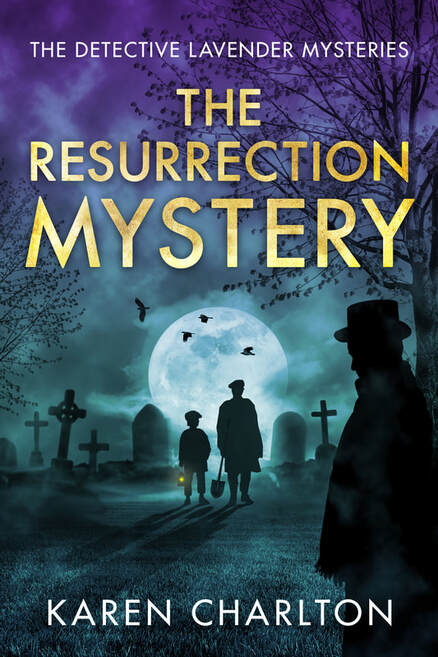

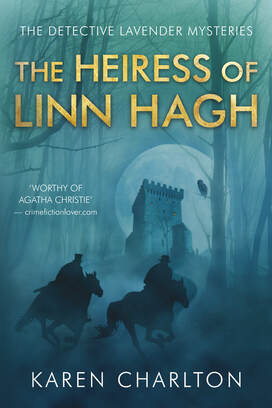

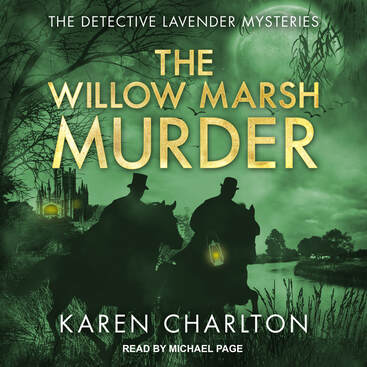
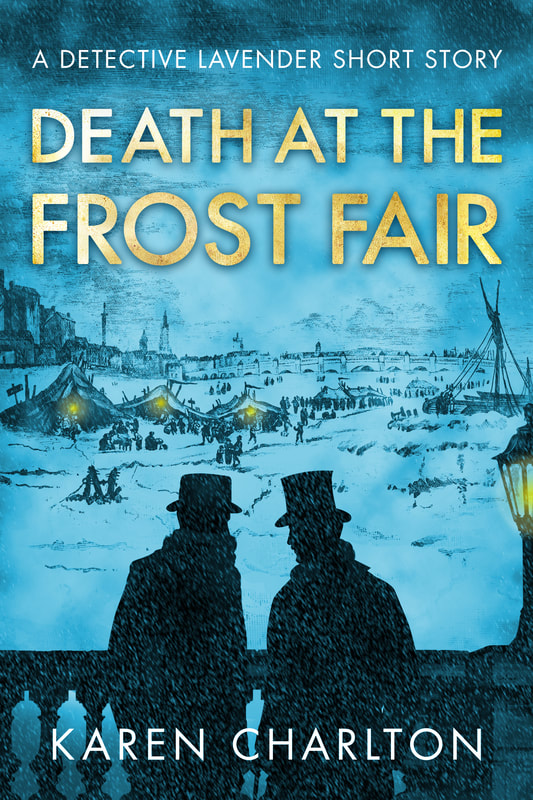
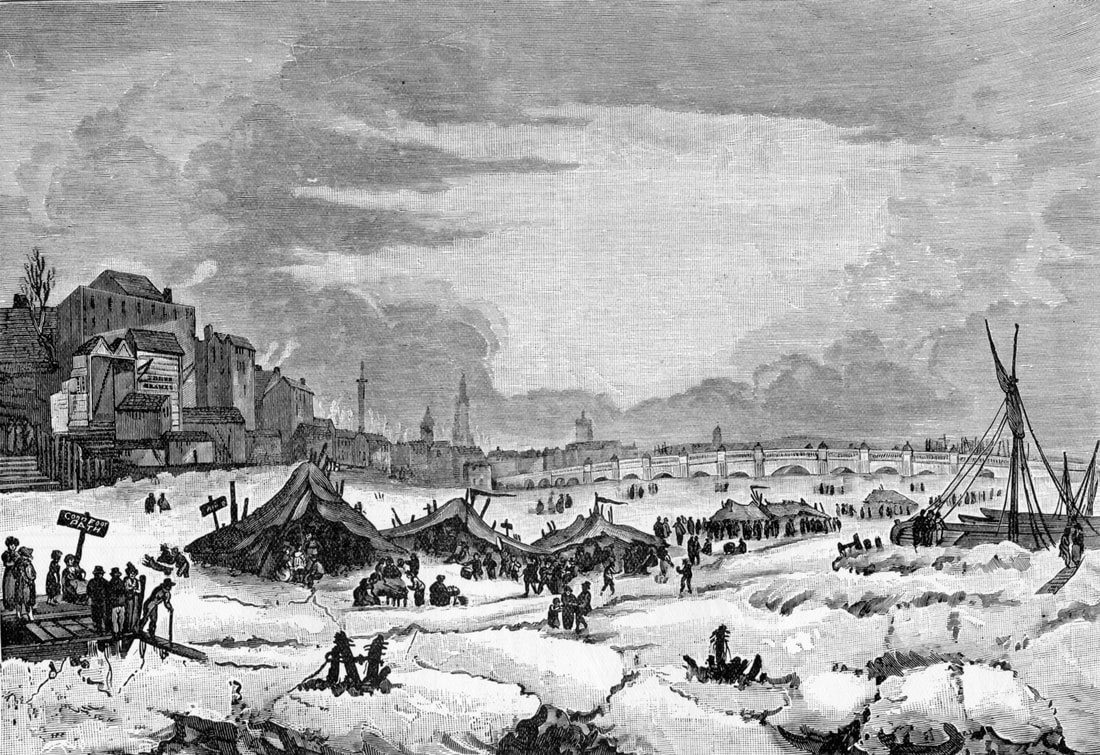
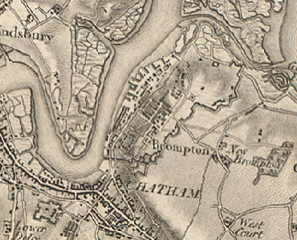
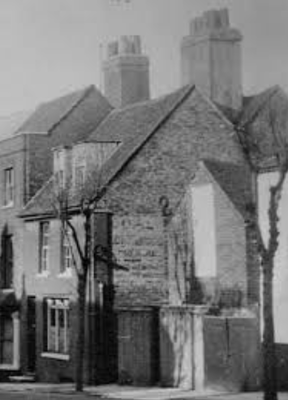
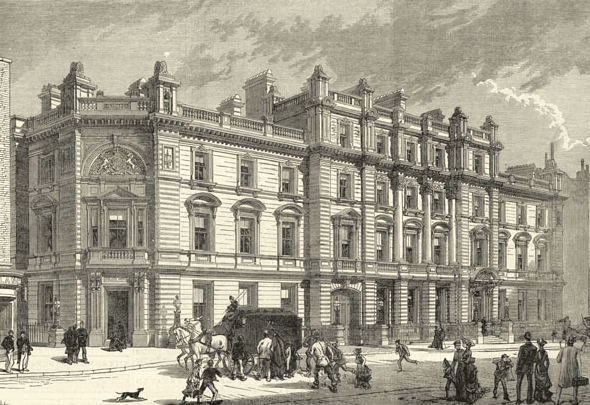
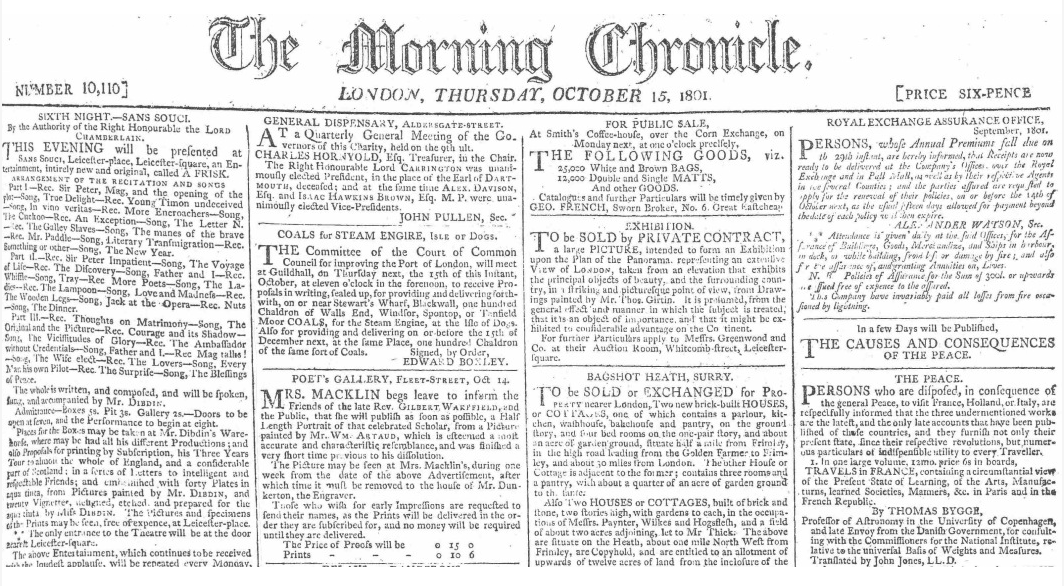
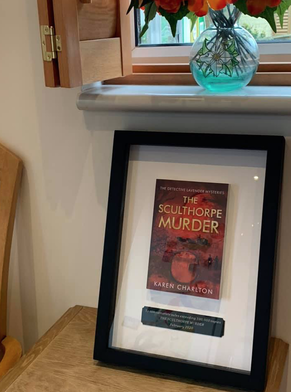
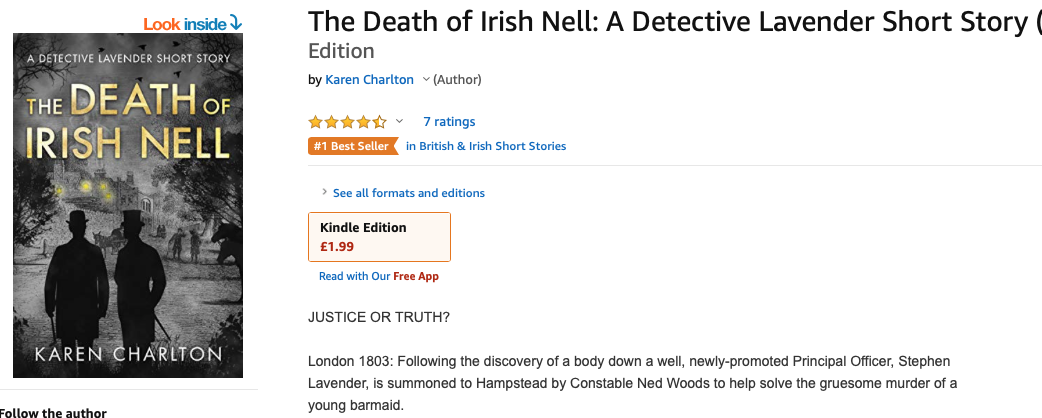
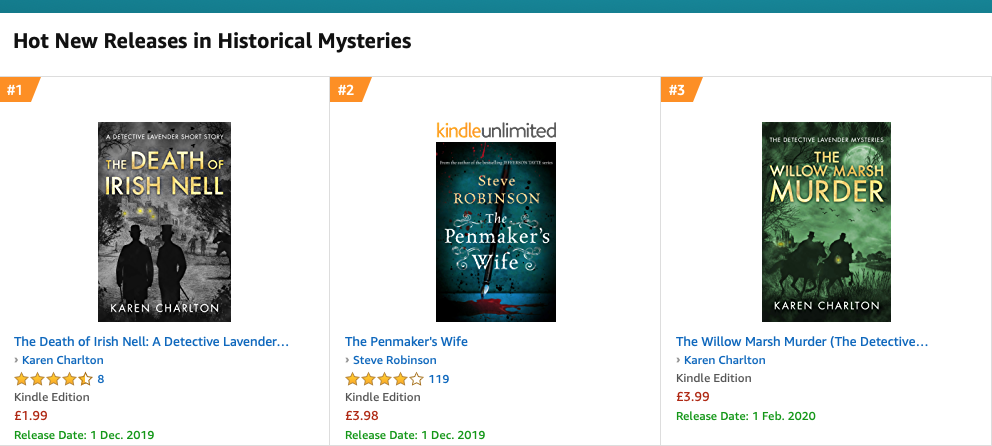
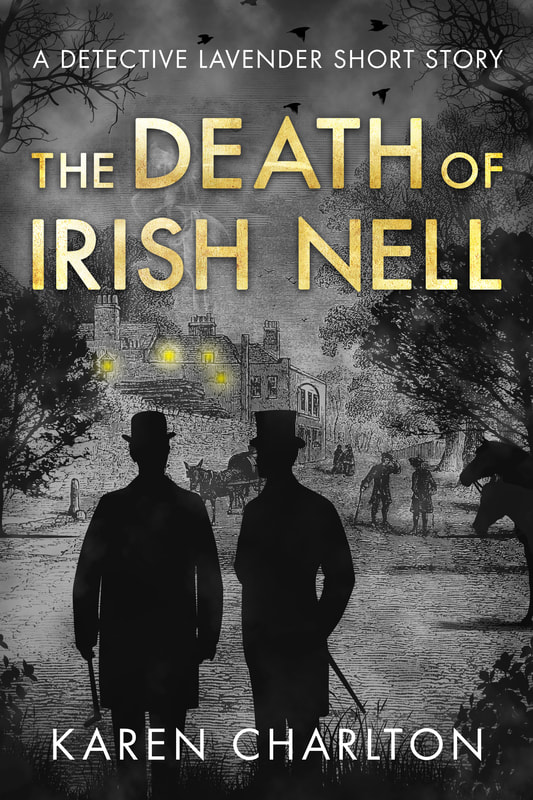

 RSS Feed
RSS Feed